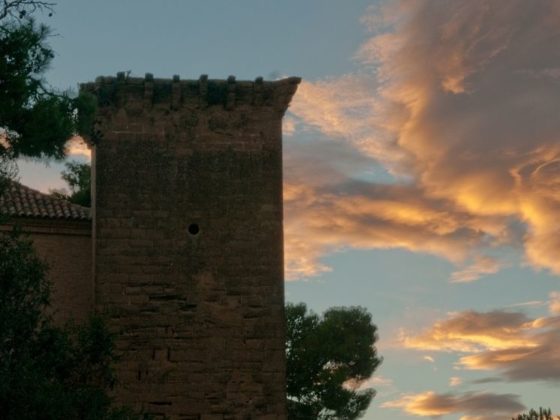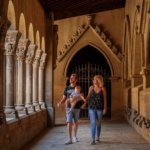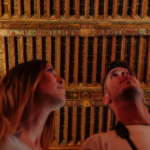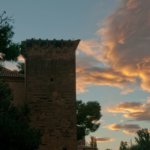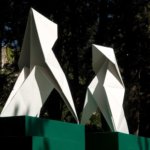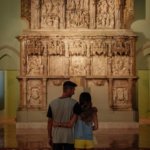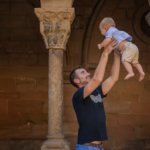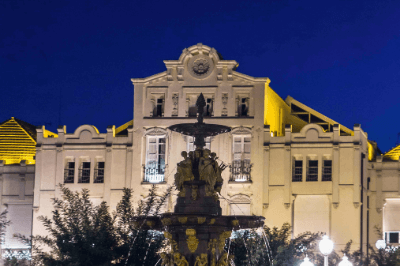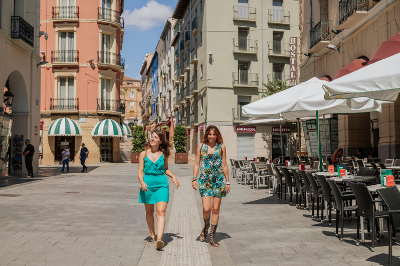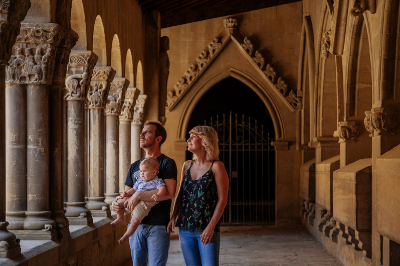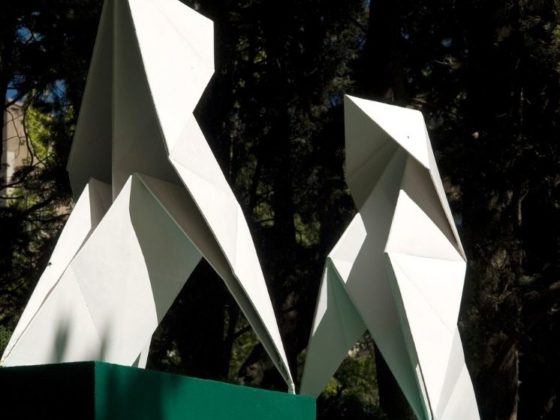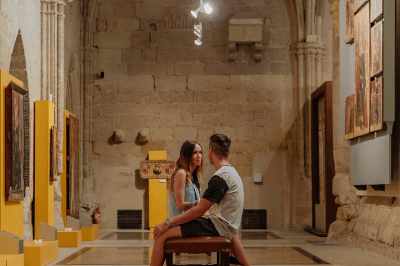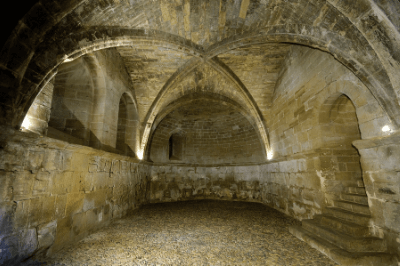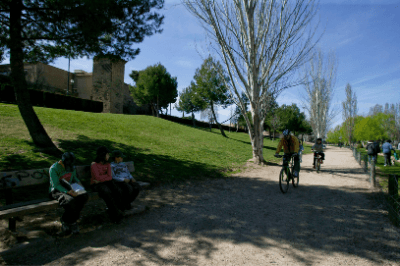Huesca, capital of the kingdom. It is an ancient jewel with a modern soul. A friendly and attractive city. A city that houses a great cultural life. You will feel at home without having ever visited it before.
How do you play?
We’re going to give you some clues so you can find the treasure. They are spread throughout the city, and you need to get them in the correct order. Remember to bring paper and pen. When you have them all, you will have the key to unlocking the location of the gold coins. At the bottom of the page, you have access to the treasure. You have to enter the clue numbers in the correct order: the first number of the first clue, the second number of the second clue, and so on.
